Leila left us a recipe for liver paté:
This is my new (ok, only) favorite way to eat liver …
Today I had some for dinner on rice crackers – yum!… It took about 15 minutes to make, not counting the soaking time.
We tried it last weekend for the Super Bowl, and it was excellent.
Ingredients
We would recommend beef or lamb liver (not pork liver – see the upcoming conclusion to the pork series) from a naturally pastured and fed animal. Chicken liver is also good, but again should be from a healthy naturally raised animal. We don’t normally insist on grassfed for most cuts, but it’s worth insisting on grassfed when you eat liver. The liver is a detoxification organ and unhealthy animals can easily have livers that are rich in toxins and inflammatory molecules.
Supporting that judgment, we have found that grassfed beef livers have a noticeably better taste than conventional livers. Fortunately, organ meats are inexpensive even from organic farmers. We typically pay $4.99 per pound for grassfed beef liver. (Here is the price list of a Massachusetts farm we’ve bought from recently).
Leila’s trick is to soak the liver in milk beforehand, which helps remove things like blood that may contribute to a bad taste.
Here are our ingredients:
This was 1/2 lb (225 g) of liver. This is an appropriate amount of beef liver for two people to eat in a week. The liver has been sliced into pieces 1 cm (1/2 inch) thick, and is soaking in milk. Other ingredients are an onion and boiled egg; 4 tbsp butter plus a similar amount of coconut oil; and cilantro. Leila used kimchi in place of the cilantro, for a spicier flavor.
Preparation
After soaking the liver for an hour or so in milk, discard the milk. Brown the liver slices in the butter, cooking 3-4 minutes per side on relatively low heat:
Remove the liver when it has been browned on all sides and add diced onion.
Then put everything – the cooked liver, cooked onion, cooking fluids from the pot, boiled egg, coconut oil, and cilantro – into a blender and purée. The result:
Serve with rice crackers:
Conclusion
This still has a bit of a liver taste, but tastes really good to us. There’s room to experiment with ingredients; Leila writes:
I’ll probably use more kimchee next time to make it a bit spicier, and more onion.
We recommend consuming in the range 1/4 to 1/2 lb (100 to 200 g) ruminant (beef, lamb, or goat) liver per week for copper, vitamin A, phospholipids, and other nutrients. This eliminates any need for copper supplementation, and provides a great bounty of other nutrients.
If you eat more than ½ lb (200 g) per week of ruminant liver, copper toxicity becomes a real danger. If you intend to eat liver in larger quantities, switch to chicken liver once your ruminant liver intake gets above 150 g or so in a week. Finally, we recommend avoiding pork liver, for reasons we’ll get to in the next (or next two) science posts.







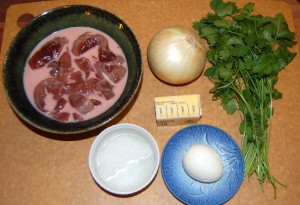
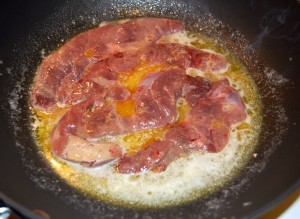
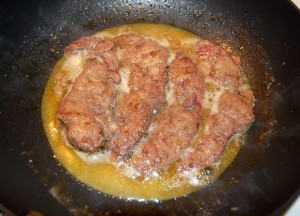
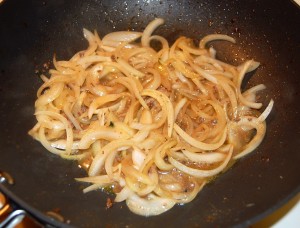
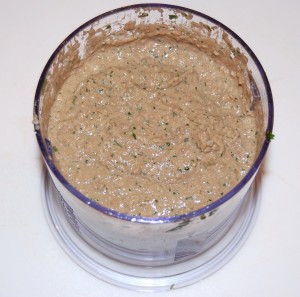
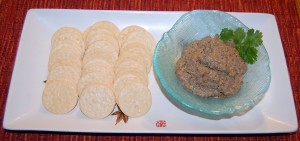
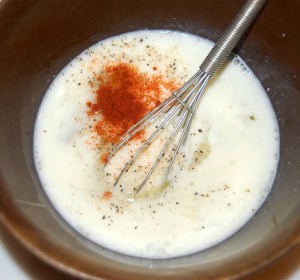
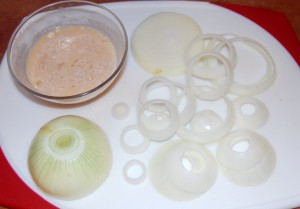
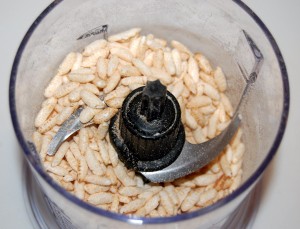
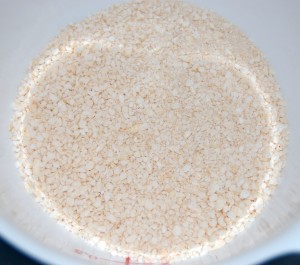
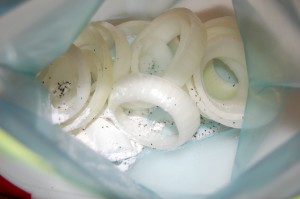
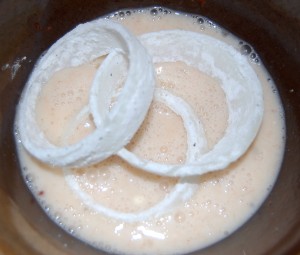
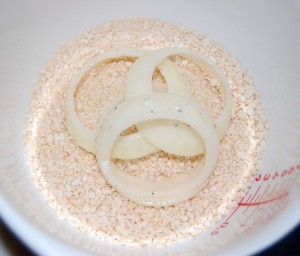
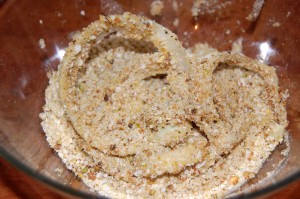
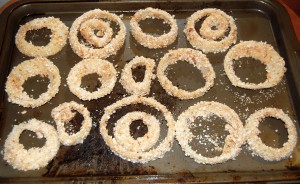
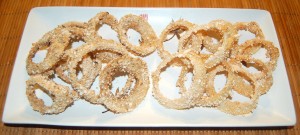
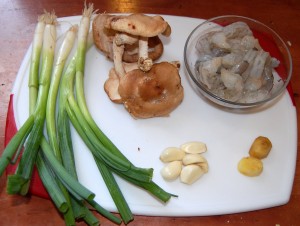
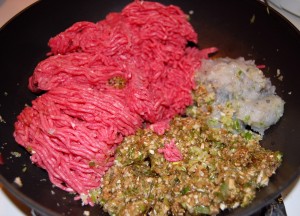
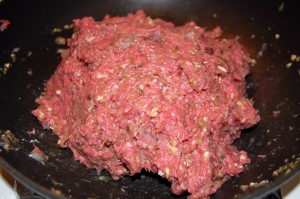
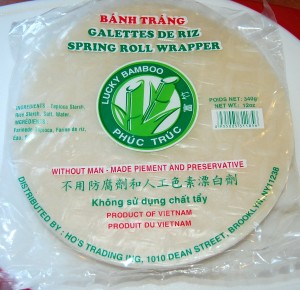

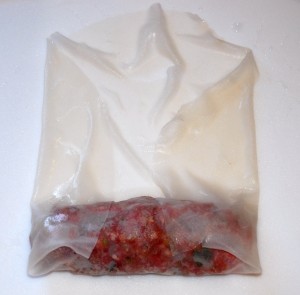
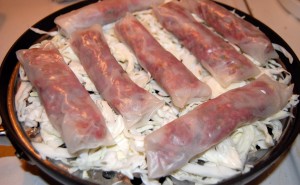

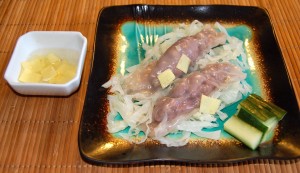





Recent Comments